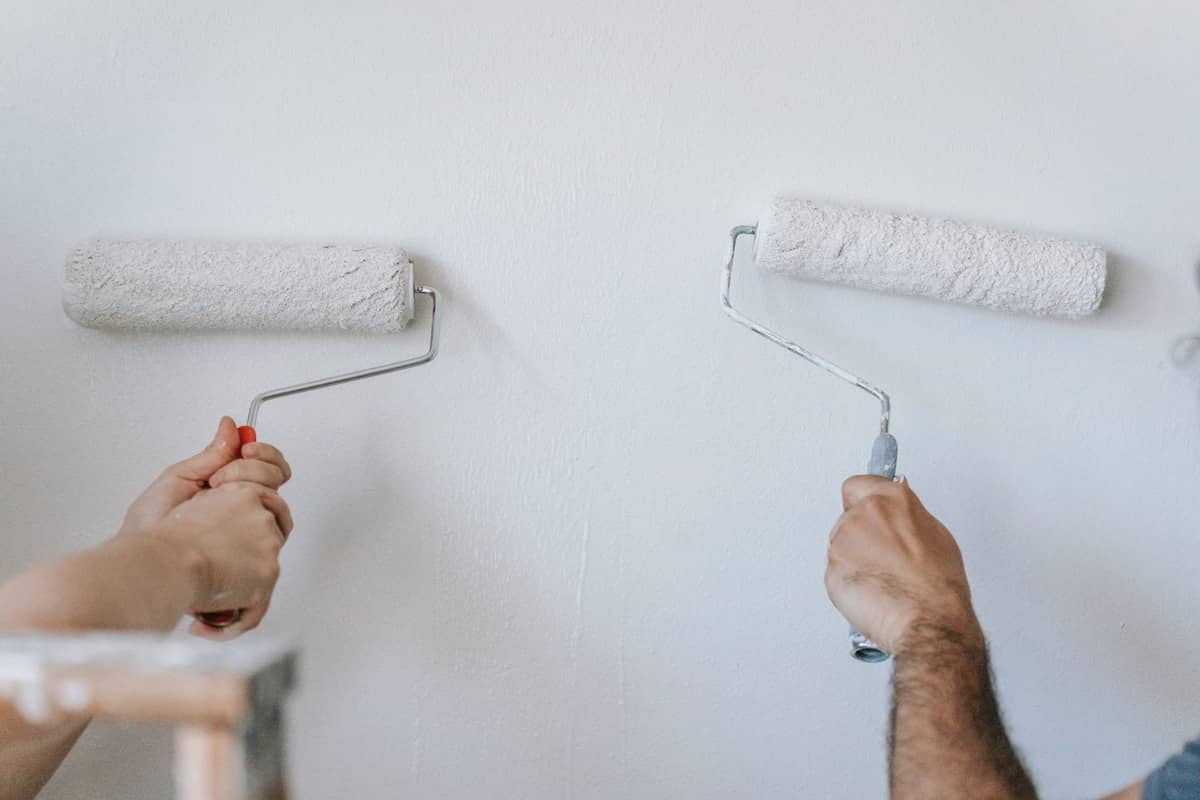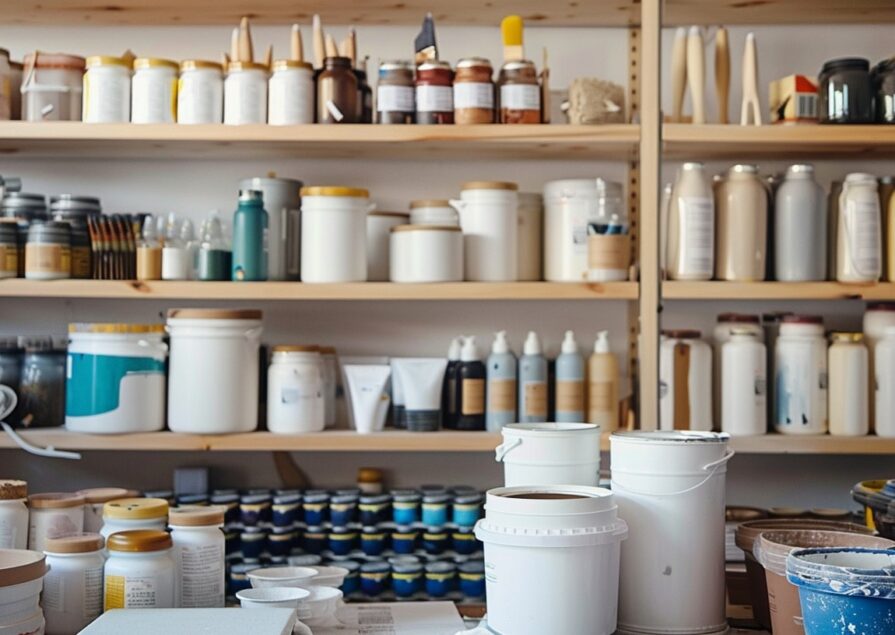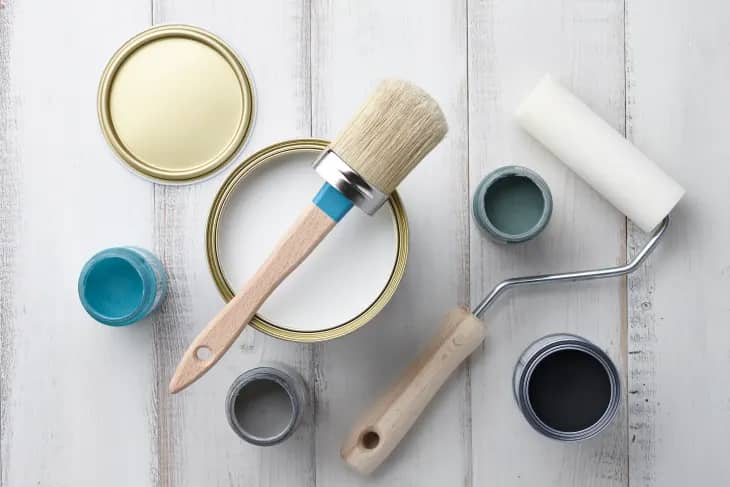Painting your home is a big investment. Whether you’re doing any paint job, from simply refreshing the bedroom to revamping the outside of your home, you need to choose right paint colours. Otherwise, you could be dealing with a paint job that takes a lot of money and time to fix.
This is why it is so important to test colours before you begin painting. Read on to learn how to test interior and exterior paint colours to make sure that your paint job brings you the results that you want.
Testing Interior Paint
The first step is done; you’ve gone to the paint store and picked out sample sizes of your favourite shades. You’ve decided on the room, or rooms, that you want to give a fresh coat of paint. Now, it’s time to test which is the right choice for your home. Here are our top tips for testing interior paints.
Painting Your Wall vs. Creating Your Own Samples
When it comes to testing interior paint, you’ll first need to consider the wall that you’re painting. If the wall has a unique texture, is prone to peeling, or if you’re painting over a bold colour, you’ll want to paint directly onto the wall so you can see how the paint looks on the surface. When doing this, know that you’ll likely have to prime the sample area after making your selection to ensure that the final paint job goes on evenly.
However, if you’re painting over a simple neutral tone and are confident that the wall has a smooth texture, create your own samples by painting poster board or foam board. This allows you to test the paint colour without commitment and saves you from having to do additional prep work.
Make Your Samples
Once you’ve decided whether you want to test your paint directly onto the wall or on foam board, it’s time to make your samples. Make your samples bigger than you think you need they need to be. In order to get a good sense of how they look on your wall, they’ll need to be at least 1 square foot each.
You’ll also need to have samples on multiple walls; this will come in handy when you’re evaluating how the room looks in different lights. For those who are painting directly onto the wall, you’ll want to make sure that the wall is clean, so that any scuffs or dirt don’t affect the colour’s appearance.
Finally, you’ll need to make sure that your sample has at least two coats of paint, as this will better reflect how the wall will look after you’ve painted it.
Consider the Lighting
The light inside of your home changes throughout the day. Testing wall colours isn’t something that you can rush through. We recommend keeping samples up for at least a week; this will give you time to experiment with the lighting in the room and see how each paint colour will look at different points throughout the day, on different walls.
Once you’ve tested out the paint colours over a few days – and maybe asked for input from your family and friends – you’re ready to start painting!
How to Test Exterior Paint Colours
Painting the exterior of your home isn’t something that you want to rush; this is the first impression that everyone, from guests to potential buyers, will have of your home. You want to consider how the colour fits in with your neighborhood and how much of your house that you want to paint. Here are our top tips for testing out exterior paint colours.
Decide What You’re Going to Be Painting
Are you painting the trim and window shudders or are you painting the whole house? If your house has brick components, are you going to paint over the brick? What about the roof? Sometimes, small changes – like updating the trim – can make the aesthetic difference that you’re looking for. Make sure you decide exactly where you’re going to be painting before testing paint colours.
Test Colours in Important Places
Let’s say, for example, your house has a classic red brick foundation. It’s one of your favourite things about your home. You’ve tested your new paint colour in the middle of an exterior wall, far above the brick foundation. Once your house is painted… you find that that new colour clashes with that red brick you love so much.
To avoid scenarios like the one above, make sure you’re testing paint colours at important places, such as next to your foundation, so you can see how they contrast with the surfaces that you don’t want to paint.
Test Them Over Time
Much like with your interior walls, natural light dramatically affects how your house ends up looking after being painted. Make sure that you’re observing your paint swatches at all different times of day, throughout a week. This will give you the best idea as to how the colour will actually look once you paint your house.
One important thing to note is that sunlight can brighten house colours. This makes muted tones look brighter and whites somewhat overwhelming. Look for a colour that is a little less bright than what you want; sunlight will likely make it look more like you’ve pictured in your mind.
Time to Call the Experts
Now that you’ve decided what colour to paint your home, it’s time to call in the experts. Hemlock Painting provides people like you in the Greater Vancouver area with professional interior and exterior paint jobs. We ensure that you get the quality house painting you need, with no additional stress. Get your free estimate today.



